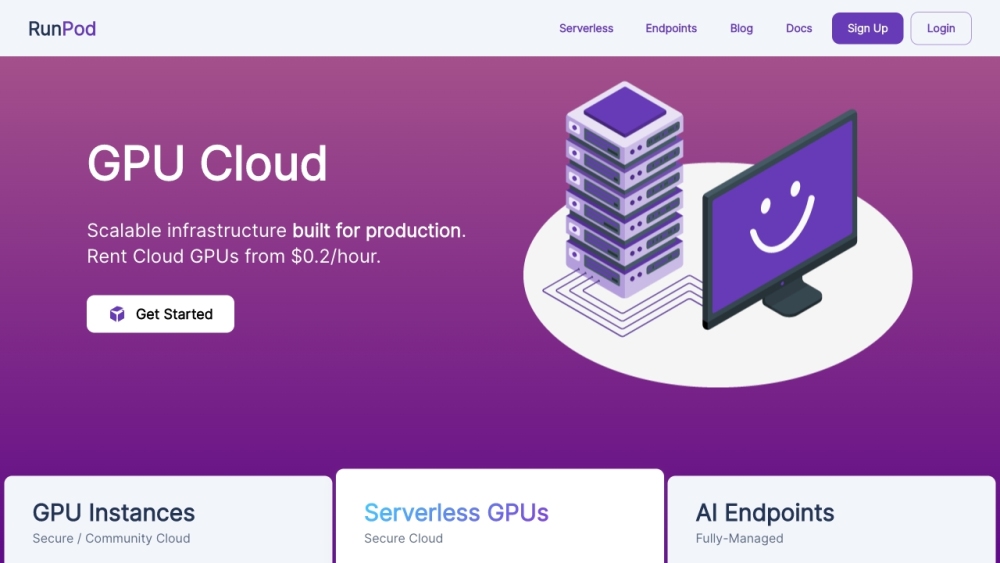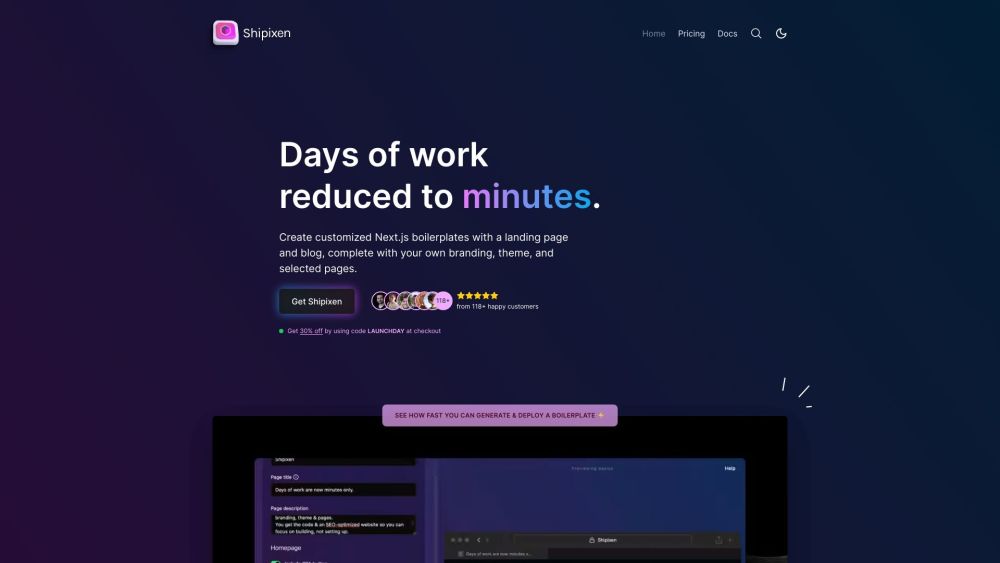This week's Big Tech earnings calls highlighted each company's advancements in AI. Google centered its discussion on generative AI in search and cloud services, while Microsoft elaborated on its AI integration across the tech stack. Amazon introduced AI chips and Bedrock, along with a new AI-driven shopping assistant named Rufus. However, Meta emerged as the leader in revealing a comprehensive AI strategy.
Meta's AI approach stands out due to its commitment to open source and its extensive AI training data gathered from public posts on Facebook and Instagram.
During Meta's Q4 2023 earnings call, CEO Mark Zuckerberg emphasized the company's advantageous position in AI development, particularly in computational resources.
Meta's “World-Class Compute Infrastructure” for AI
Zuckerberg outlined a long-term strategy to lead in creating popular and advanced AI products, suggesting that achieving “full general intelligence” requires substantial compute power. He noted that by the year's end, Meta will deploy approximately 350,000 H100 GPUs, with a total compute capacity nearing 600,000 H100 equivalents. The demand for this infrastructure stemmed largely from Instagram Reels.
Zuckerberg explained, "We learned valuable lessons from Reels. Initially, we underestimated our GPU needs, prompting us to build sufficient capacity to support both Reels and a similarly sized AI service."
He stated, “Meta is playing to win,” expecting that training future models will demand even more compute resources. “State-of-the-art large language models have been trained using roughly 10 times the amount of compute each year,” he added. Meta plans to invest heavily in custom data centers and silicon specifically tailored for its workloads.
Meta’s Open Source AI Strategy
Zuckerberg reiterated Meta's steadfast commitment to an open source strategy, despite regulatory scrutiny. He explained, "Our strategy is to build and open source general infrastructure while keeping specific product implementations proprietary." This includes the Llama models, especially the promising Llama 3, and tools like PyTorch.
He highlighted the strategic advantages of open source, stating that it enhances safety and security, promotes industry standards, and attracts developers. “Open source helps us recruit top talent, essential for leading in new technology,” he noted. Providing tools like Llama as open source does not diminish Meta’s competitive edge.
Extensive Training Data Surpassing Common Crawl
Zuckerberg emphasized Meta's robust data and feedback mechanisms, asserting that the wealth of data from Facebook and Instagram, which includes “hundreds of billions of publicly shared images and tens of billions of public videos,” likely exceeds the Common Crawl dataset. The Common Crawl includes vast amounts of web data collected since 2008.
Zuckerberg elaborated: “What truly sets us apart is our ability to create effective feedback loops with hundreds of millions of users interacting with our AI services. This interaction significantly boosts our AI systems’ improvement, especially with Reels and ads.”
Meta's Commitment to AI Leadership
A recent Bloomberg article noted that the success of Meta's Llama model has turned actual llamas into the unofficial mascots for open source AI events. However, according to Meta's recent earnings report, the company appears ready to invest significantly—potentially billions of dollars— in its pursuit of AI leadership amidst a rapidly evolving competitive landscape.




